Faced with new requirements and tasks, the Military Region 2's armed forces have been proactively adapting quickly, innovating extensively, and gradually building a revolutionary, disciplined, elite, and modern force. Strategic leadership thinking has been fundamentally renewed, the force organization has been improved in the direction of streamlining and efficiency, the PTKV posture has been firmly consolidated, the "people's hearts posture" has been enhanced; the core role of the armed forces in building a national defense for all people has been increasingly affirmed. Especially after implementing the major policy of the Party, the State, and the Ministry of National Defense on restructuring the administrative organization and local military organization (QSDP), the Military Region 2's armed forces have entered a period of profound transformation, a turning point in the new period.
In the Military Region, the reorganization of the local military agency system has created strong changes in organizational structure, command methods and combat coordination. In particular, the establishment of the PTKV Command Boards and Border Guard Command Boards under the Provincial Military Command has created favorable conditions for coordination and combat coordination, especially in complex situations on the border. Main units, regular forces, militia and reserve forces are arranged reasonably, ensuring high combat readiness (SSCD), fast mobility, meeting the requirements of handling national defense and security (QPAN) situations in each specific area.
 |
Major General Tran Van Bac, Commander of Military Region 2, and delegates visited models at the 9th Military Region Technical Innovation and Innovation Competition in 2025. Photo: TRAN HAO |
Implementing the decisions of the Ministry of National Defense, immediately after the merger, transfer, dissolution, establishment, and reorganization of the local military agencies, the Party Committee and the Military Region Command directed agencies and units to thoroughly grasp the guidelines and policies of the Party, the State, and the Ministry of National Defense; promptly and closely direct the handover and acceptance of functions, tasks, organization, military numbers, weapons, technical equipment, facilities, assets, combat documents, and defense land to ensure compliance with the regulations of the Ministry of National Defense and the laws of the State; perfect the Party organization, command organization, and mass organizations; quickly stabilize the organization, staffing, ideology, prepare accommodations, grasp the situation in all aspects, strictly maintain the combat readiness regime, train, build discipline, and ensure the smooth, continuous, and uninterrupted performance of tasks.
Agencies and units promptly adjusted and supplemented the system of documents and combat plans associated with local socio-economic development planning. Proactively and synchronously deployed solutions, especially strengthening political and ideological education, building solidarity, creating high consensus and unity in agencies and units. The smooth coordination between forces, especially between the Provincial Military Command and the Border Guard, the police and other forces was enhanced, contributing to maintaining political security, order and social safety in the area. The military posture and the provincial defense area were adjusted, supplemented and perfected in a coherent, solid direction, close to reality and the defensive combat plan of the Military Region.
In addition to achieving many positive results, the process of merging and reorganizing the force also posed many difficulties and challenges. First of all, there was the difference in qualifications and experience between the newly merged units; the change in management and command areas made the work of grasping the situation and conducting initial operations confusing; some officers and soldiers were still mentally wavering and had not adapted to the new organizational model; the area was larger, the terrain was rugged, traffic was difficult, the population was scattered, the level of education was uneven, and there were many potential complications in terms of national defense and security; ensuring logistics and technology, building facilities, barracks, and training grounds for the new units was also a big challenge...
However, with the spirit of solidarity, initiative, creativity and high political determination, the Military Region 2 has been gradually overcoming difficulties, stabilizing the organization, improving overall quality and combat strength, creating a solid foundation for new developments in the coming time. In which, we are determined to successfully carry out a number of key tasks and solutions as follows:
, continue to thoroughly grasp and seriously implement the resolutions and directives of the Party, the Central Military Commission and the Ministry of National Defense on national defense and local military tasks in the new situation. Focus on effectively implementing the Resolution of the 8th Central Committee (13th tenure) on the Strategy for protecting the Fatherland in the new situation; Resolution No. 28-NQ/TW on building a solid defense zone; thematic resolutions of the Central Military Commission and the Party Committee of the Military Region on force organization, training, combat readiness, building regularity, and discipline training. Strengthen political and ideological education , raise awareness and responsibility of cadres and soldiers on the task of protecting the Fatherland in the new conditions, especially after the reorganization of the local military agency system.
, strengthen innovation in thinking, consolidate and organize the force in the direction of streamlining, flexibility, efficiency, and high adaptability to task requirements and local characteristics. Reorganizing the force is not only a matter of rearranging the apparatus but also a comprehensive transformation in strategic thinking. Continue to review, adjust and consolidate the organization and staffing of agencies and units after the merger in the direction of streamlining, clarifying functions and tasks, ensuring quality, consistency, and consistency, suitable for mountainous terrain, borders, and scattered population, avoiding overlapping and duplication of functions.
Special attention should be paid to the consolidation of the commune-level military command in the direction of streamlining, effective operation, and closeness to local realities. Based on a comprehensive assessment of the functions, tasks, and capacity of the commune military cadres, training, fostering, guiding, and providing professional and technical support to part-time cadres at the grassroots level should be strengthened. Promoting the central role in building the militia and self-defense force, organizing training and exercises close to the locality; advising local Party committees and authorities on effectively implementing local military tasks, contributing to maintaining the national defense posture associated with people's security at the grassroots level.
Focus on building strong PTKV Command Boards and Border Guard Command Boards under the Provincial Military Command, capable of acting as the core in handling military and defense situations, especially in key areas, remote areas, and borders; truly being the extended arm, the rapid response force of the Provincial Military Command, an effective combat command center, capable of coordinating with inter-commune and local forces, protecting and maintaining the PTKV posture right from the grassroots.
 |
| The Chief of Military Region 2 presented flowers to encourage new soldiers of Regiment 174, Division 316, Military Region 2 for their excellent performance in live ammunition shooting. Photo: TRINH BINH |
, focusing on building a solid, interconnected, and in-depth PTKV posture, closely linked to a strong people's security posture and "the posture of the people's hearts". Strongly shifting from the mindset of "responding to situations" to the mindset of "proactively creating, maintaining, and developing posture". Defense areas need to be adjusted to suit the new area, ensuring connectivity, mobility, independence, and coordination in combat. Focus on innovating combat methods in a flexible, asymmetrical direction, making the most of the advantages of terrain, area, and the combined strength of the forces. Continuously perfecting PTKV combat plans, closely combining the standing force with the militia and self-defense force, between military operations and political, diplomatic, legal, and information struggles. Improving the quality of training, combat readiness, building discipline, and meeting the requirements of combat in modern conditions. Focus on innovating training content and methods towards being closer to the reality of the battlefield, suitable to the characteristics of mountainous terrain, borders, and scattered population; strengthen coordination training, defense area drills, inter-sectoral and inter-local defense drills close to the overall combat plan of the Military Region.
At the same time, attach importance to building a "people's heart position", building an increasingly solid military-civilian relationship and the great national unity bloc. Implement well the Army's rear policy, policies for people with meritorious services, and policy families; always maintain and promote the noble qualities of Uncle Ho's soldiers, constantly stay close to the people, stick with the people, care for the material and spiritual life of the people, especially in remote, isolated and border areas. Actively participate in helping people develop the economy, sustainably reduce poverty, prevent and combat natural disasters and epidemics... making the image of Uncle Ho's soldiers shine brighter in the hearts of the people.
Proactively promote the application of science and technology, digital transformation in management, command, training and logistics-technical assurance. Focus on effectively implementing models such as "simulation training", "digital soldiers", "vanguard party members in digital transformation", "digital popular education"... to gradually modernize the Military Region's armed forces, especially in command, operation, training, and combat assurance; improve the ability to master modern weapons and technical equipment, meeting the requirements of combat in high-tech warfare conditions.
Along with that, it is necessary to build an information-command system that connects units and localities, ensuring smoothness, timeliness and accuracy in all situations. Promote the training and fostering of cadres in the direction of "both red and professional", with strong political will, pure moral qualities, sharp strategic thinking, comprehensive capacity, and the ability to quickly adapt to new organizational models and modern task requirements. Focus on discovering, training and fostering young cadres, ethnic minority cadres and cadres with integration capacity, capable of working in a multi-sectoral, multi-field environment, meeting the requirements of building a revolutionary, disciplined, elite and modern Military Region.
, closely combining socio-economic development, foreign affairs with strengthening the consolidation of national defense and security in the area. Thoroughly grasp the Party's viewpoint on combining economy - national defense and security - foreign affairs. In which, grasp and apply well the principle: Economic development is the center, Party building is the key, national defense and security is important and regular; identify the combination of economy - national defense and security - foreign affairs as a long-term strategic task, an urgent practical need. Promote the role of the armed forces in participating in socio-economic development, sustainable poverty reduction, new rural construction, natural disaster prevention and control, search and rescue. Proactively coordinate with local Party committees and authorities in building solid defense areas, linking military posture with political, economic, cultural, social posture and "people's hearts posture".
Entering a new stage of development, with major changes in administrative organization, local military organization and increasingly high requirements in the cause of defending the Fatherland, the Military Region 2's armed forces have determined: Rapid adaptation, deep innovation, sustainable development are the consistent mottos of action. That is not only an objective requirement but also demonstrates political mettle, innovative thinking, and a high sense of responsibility towards the Party, State and people. With the close leadership and direction of the Central Military Commission and the Ministry of National Defense; the close coordination of local Party committees, authorities and people; the solidarity, unity, proactiveness and creativity of all cadres and soldiers, the Military Region 2's armed forces will continue to promote the tradition of "Loyalty - self-reliance - solidarity - bravery - victory", firmly stepping on the path of innovation.
Major General TRAN VAN BAC, Commander of Military Region 2
Source: https://www.qdnd.vn/quoc-phong-an-ninh/xay-dung-quan-doi/thich-ung-nhanh-doi-moi-sau-tao-buoc-tien-vung-chac-xay-dung-luc-luong-vu-trang-quan-khu-2-tinh-gon-manh-840990



![[Photo] Politburo works with the Standing Committee of Hanoi Party Committee and Ho Chi Minh City Party Committee](https://vstatic.vietnam.vn/vietnam/resource/IMAGE/2025/8/21/4f3460337a6045e7847d50d38704355d)
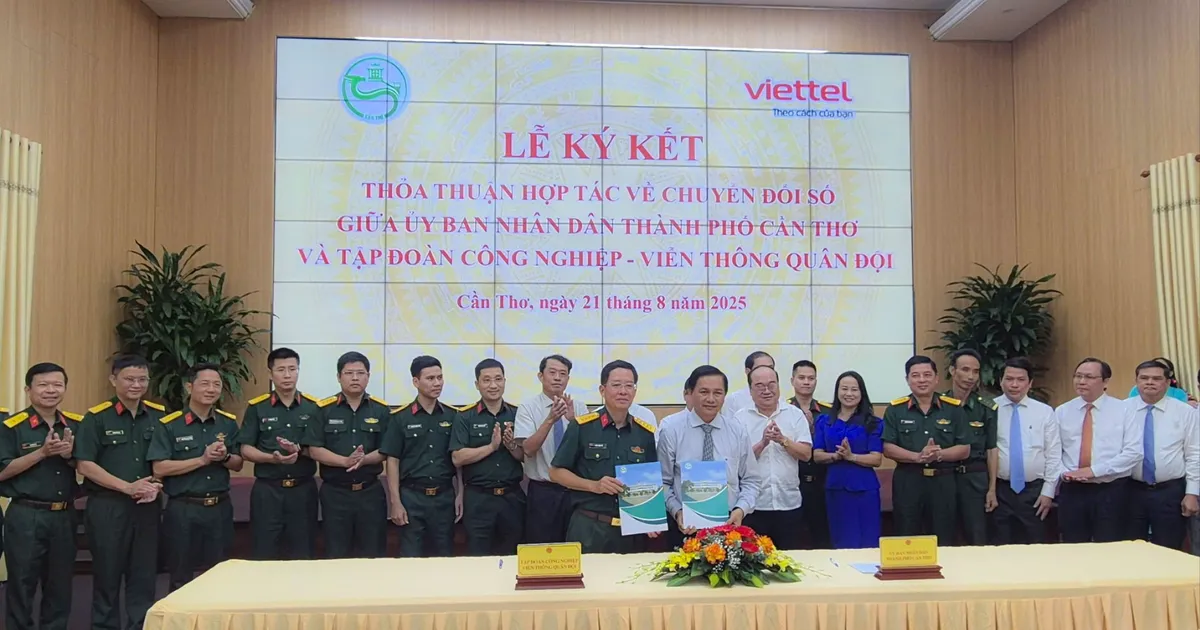

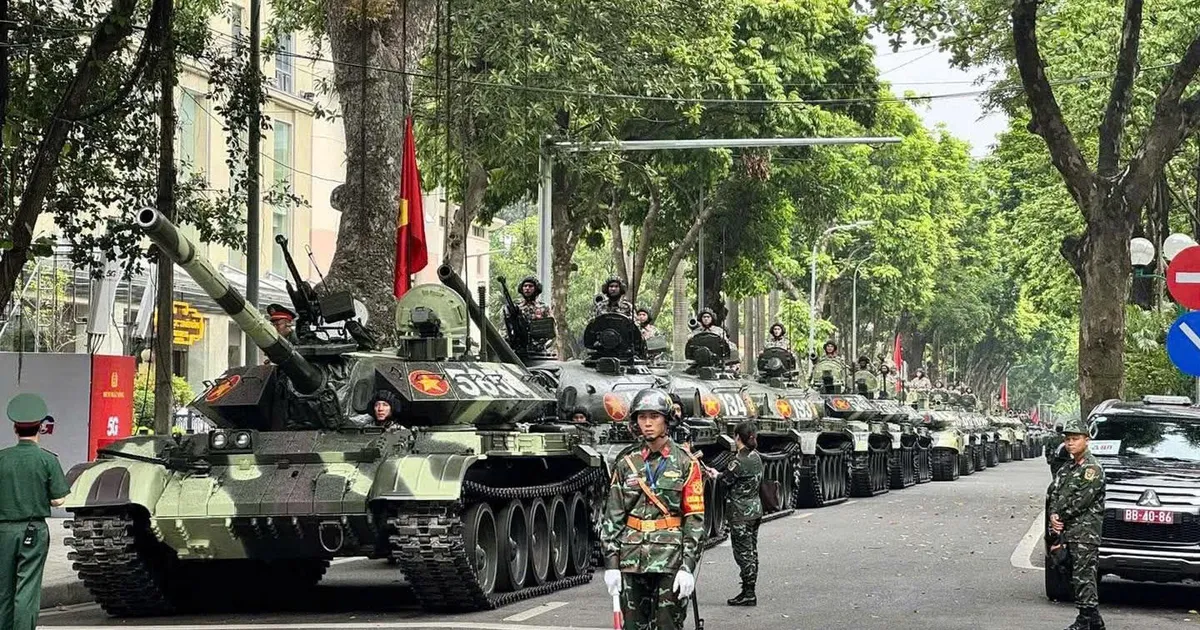
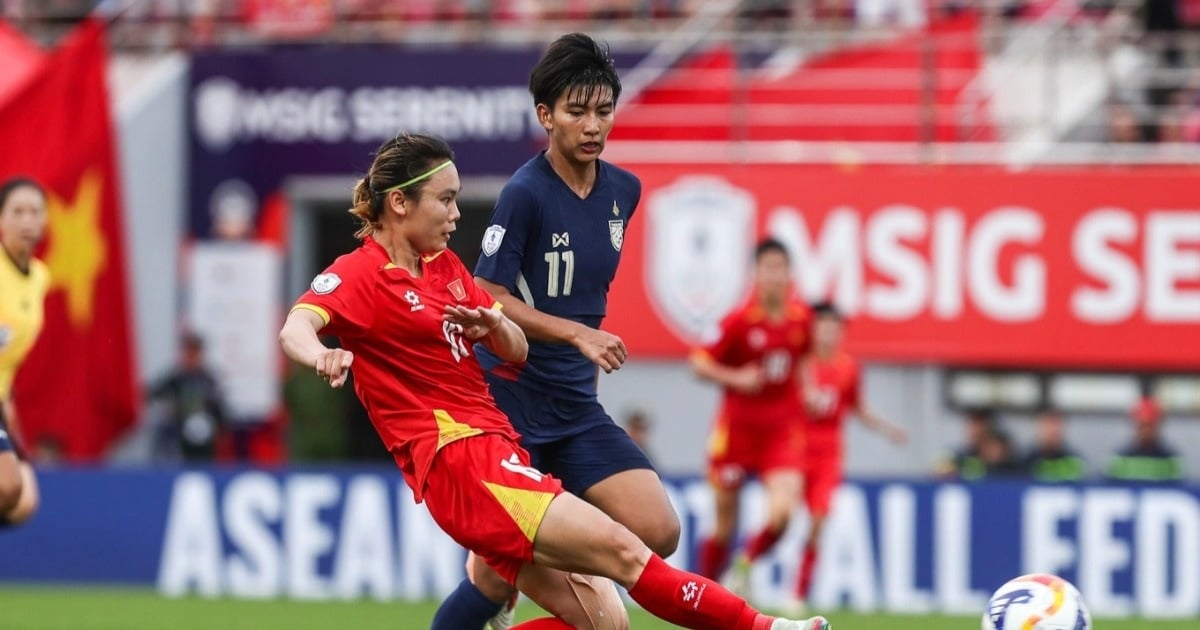
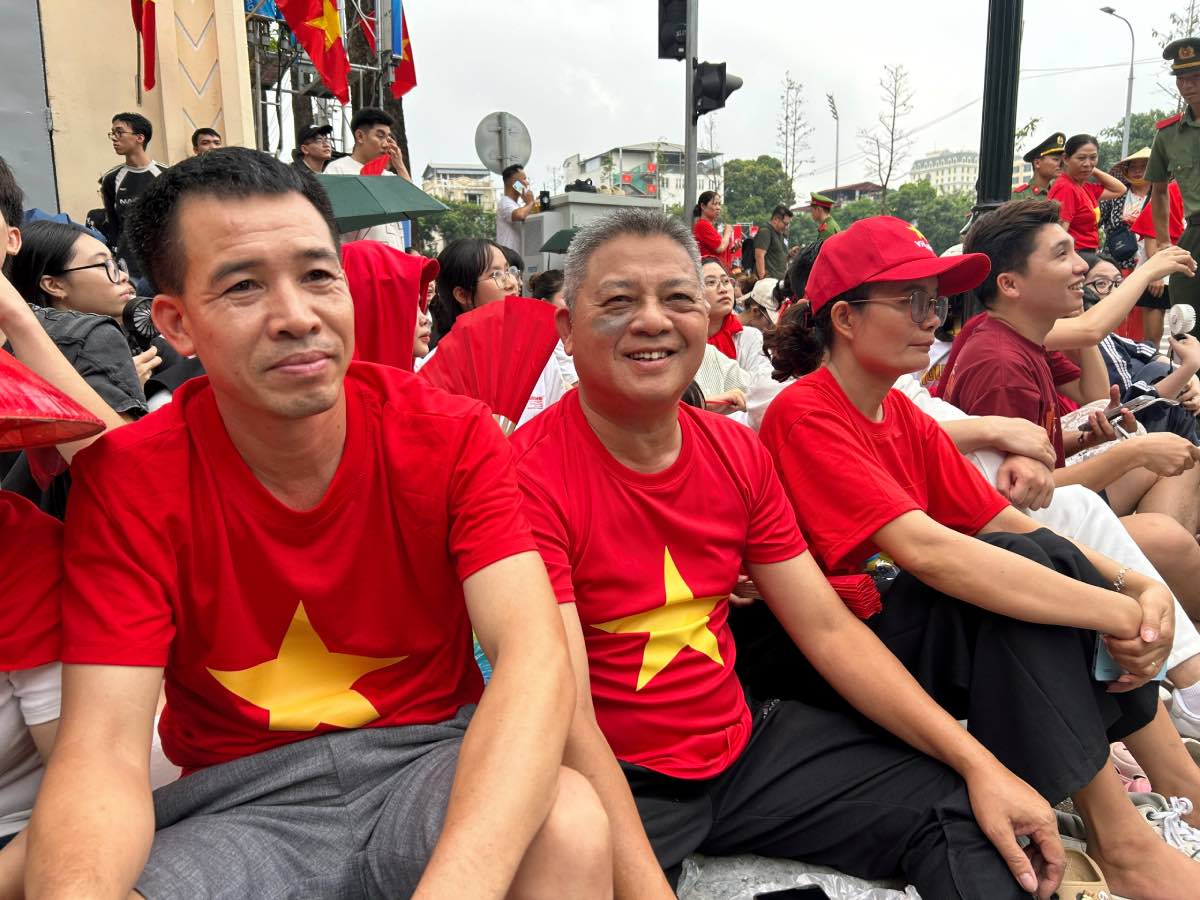
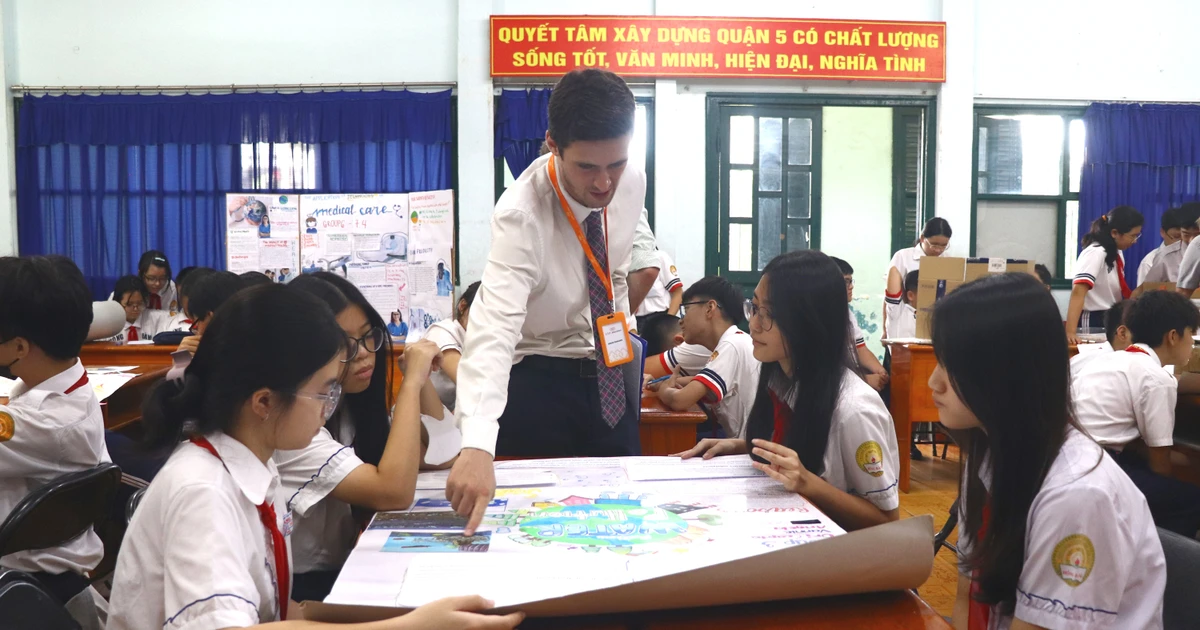

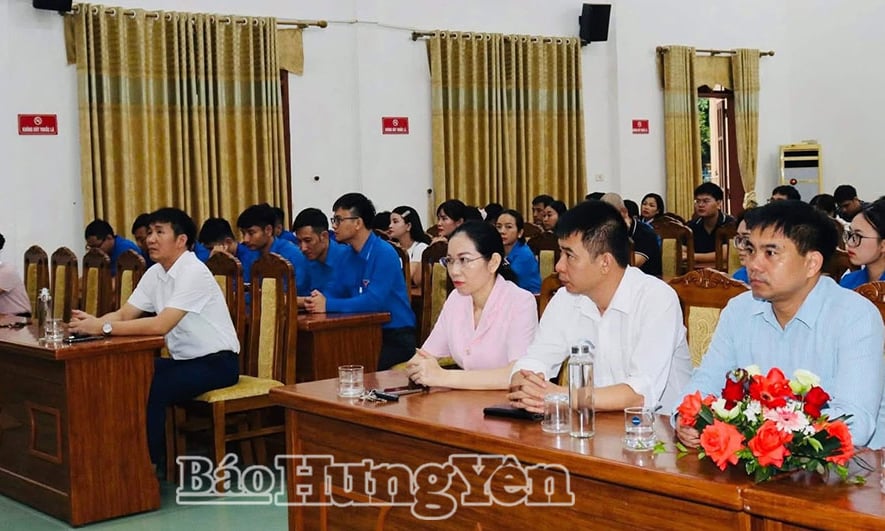
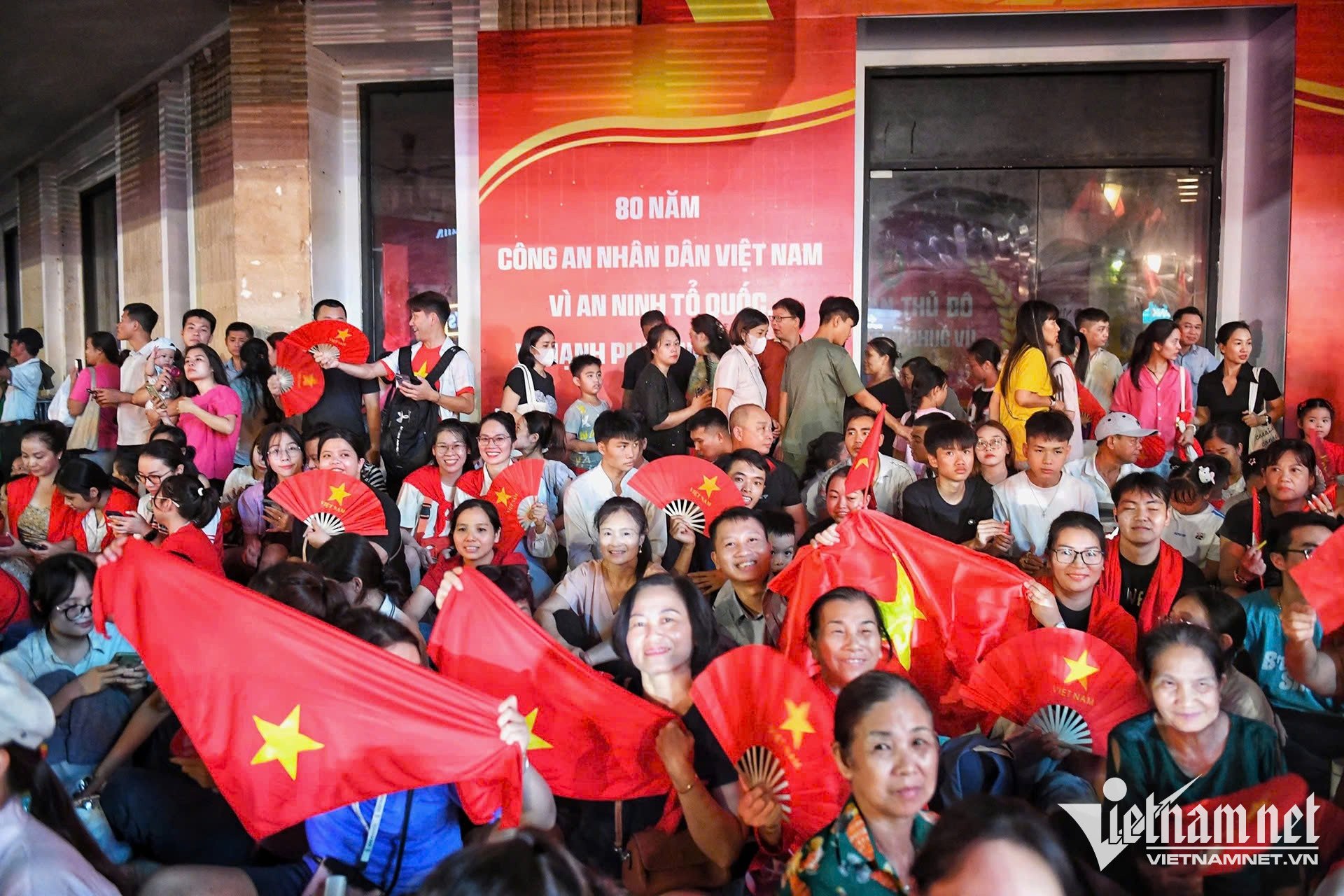










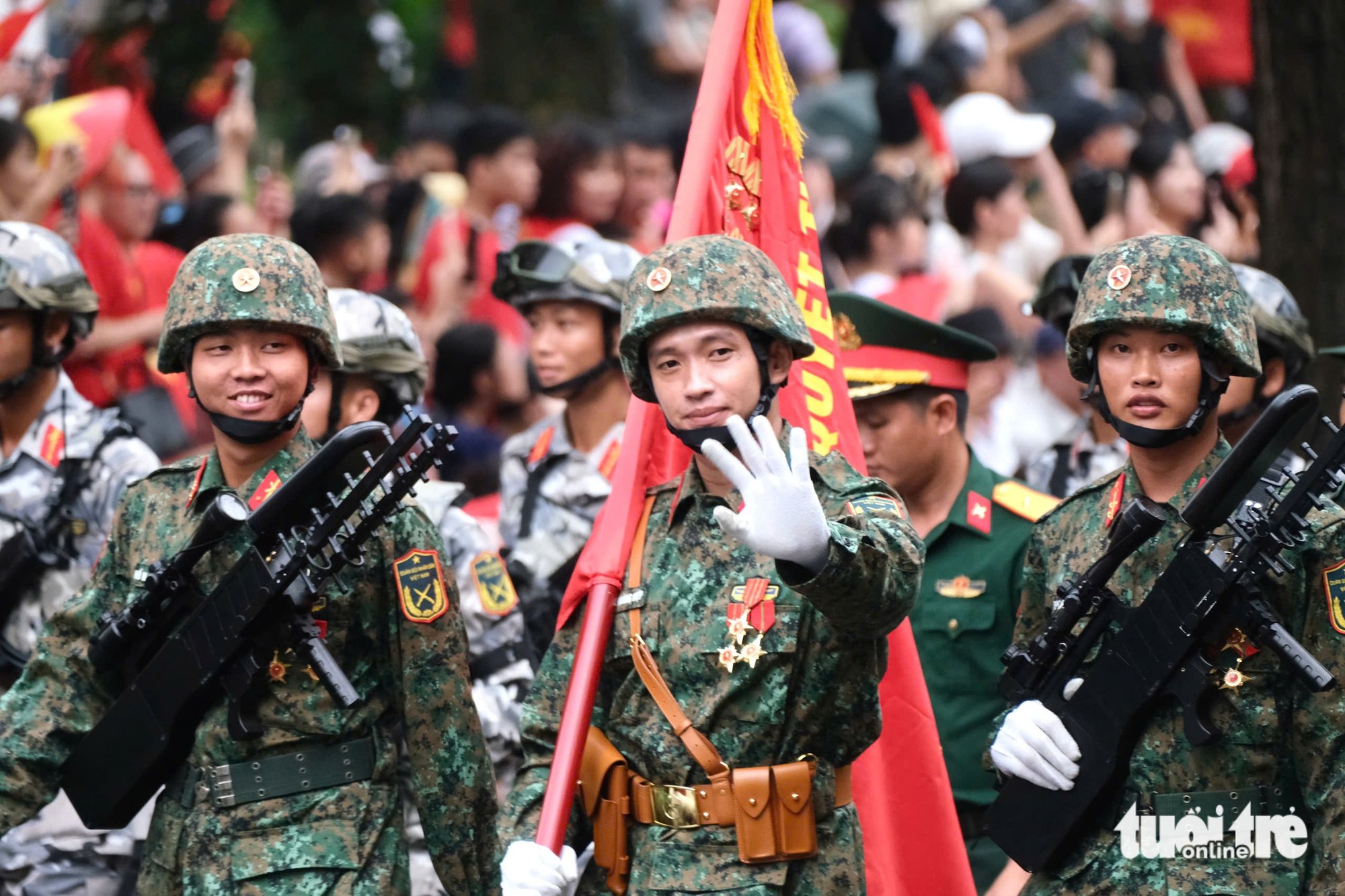

![[Photo] An Phu intersection project connecting Ho Chi Minh City-Long Thanh-Dau Giay expressway behind schedule](https://vstatic.vietnam.vn/vietnam/resource/IMAGE/2025/8/21/1ad80e9dd8944150bb72e6c49ecc7e08)


![[Photo] Prime Minister Pham Minh Chinh receives Australian Foreign Minister Penny Wong](https://vstatic.vietnam.vn/vietnam/resource/IMAGE/2025/8/20/f5d413a946444bd2be288d6b700afc33)


![[Photo] Politburo works with Standing Committees of Lang Son and Bac Ninh Provincial Party Committees](https://vstatic.vietnam.vn/vietnam/resource/IMAGE/2025/8/20/0666629afb39421d8e1bd8922a0537e6)
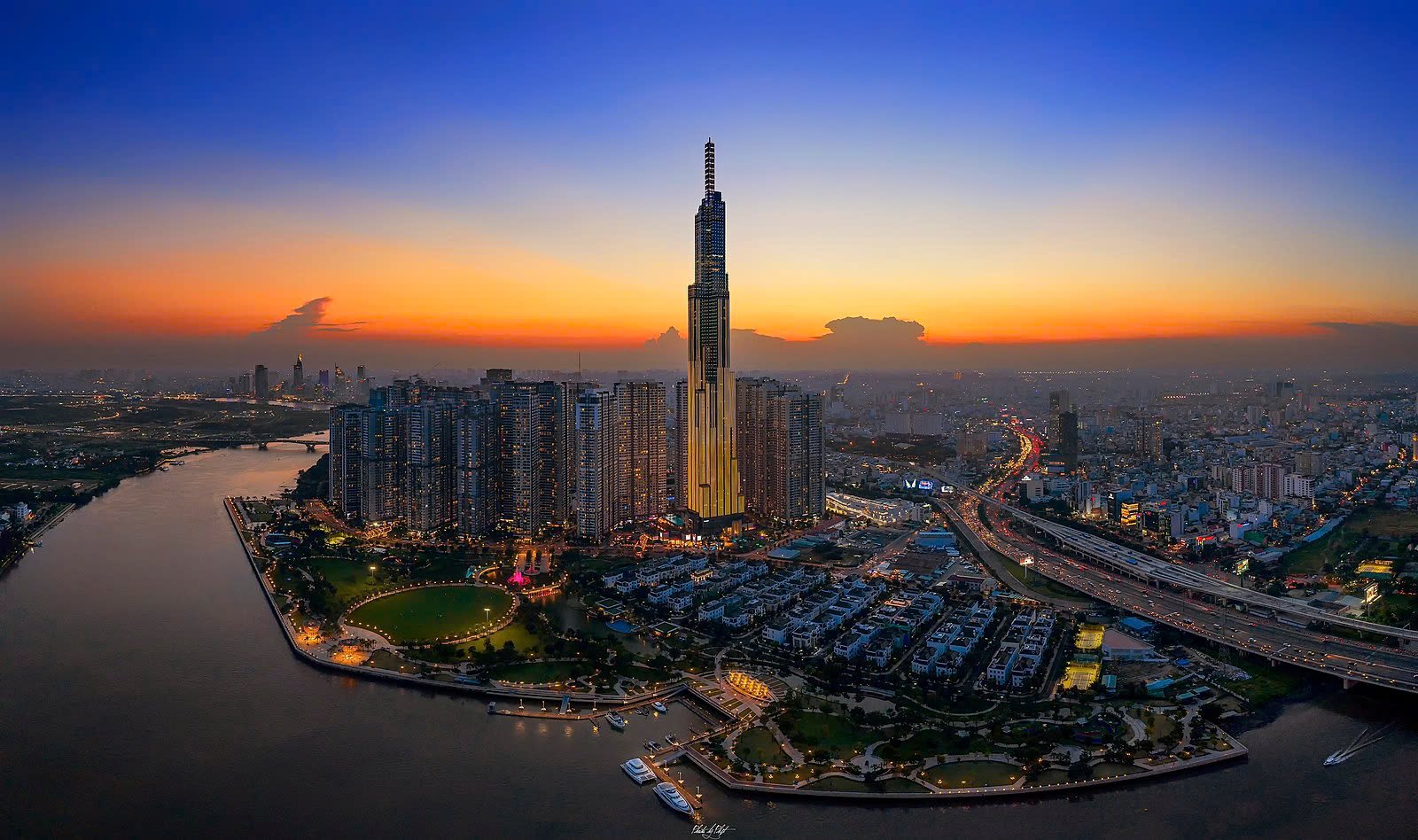






























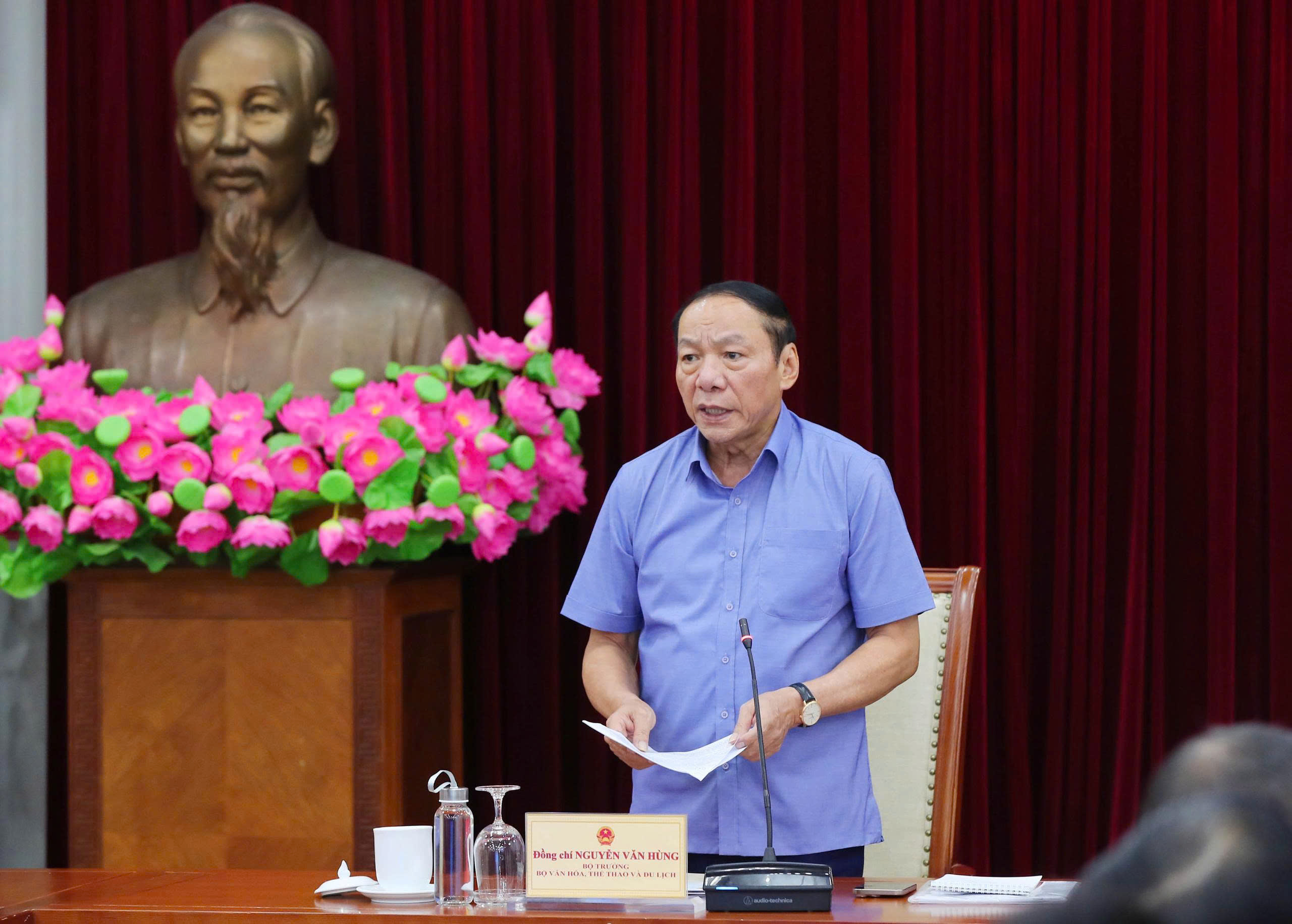
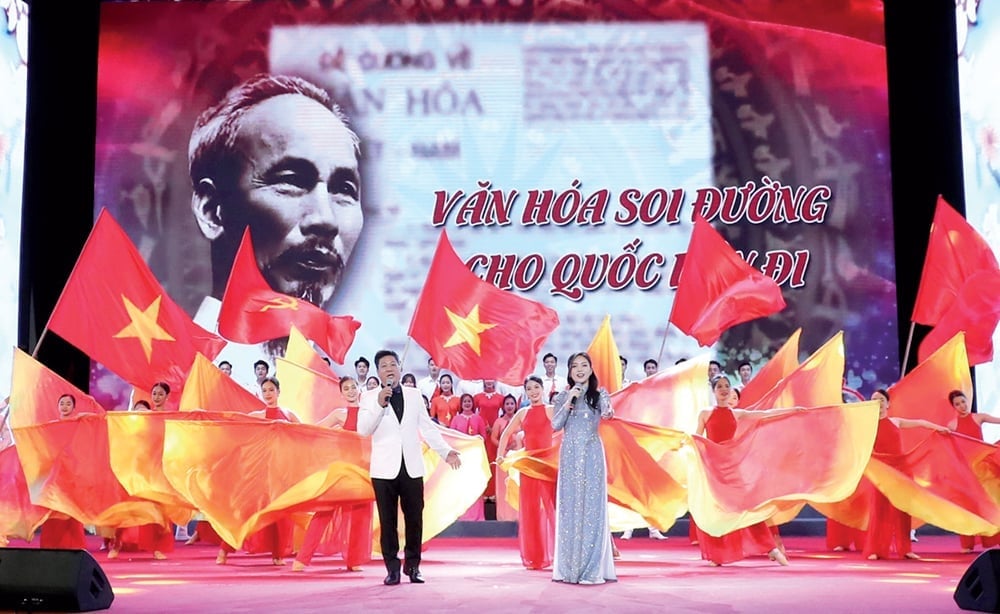


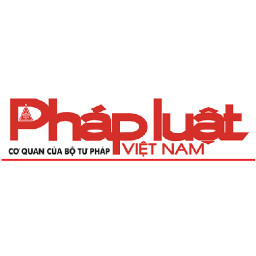







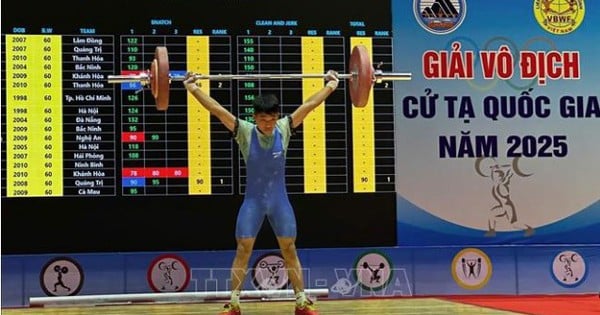























Comment (0)